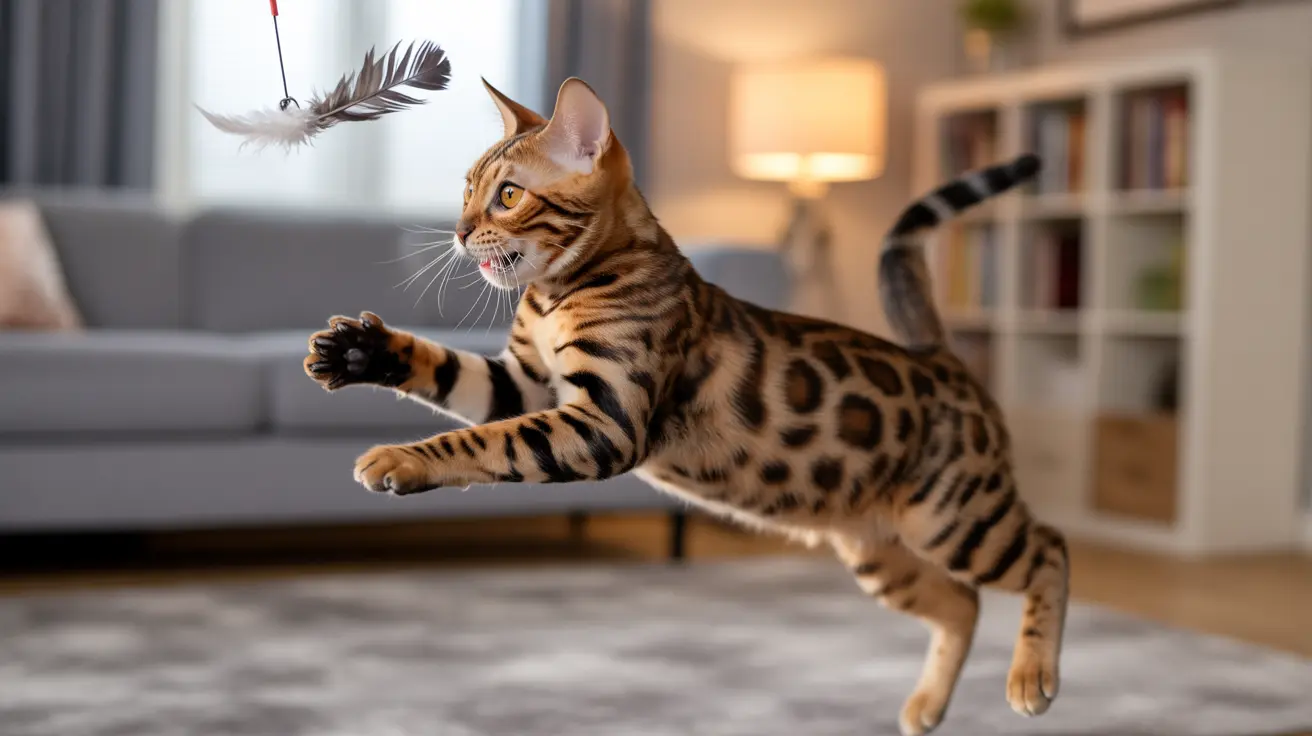Understanding Sudden Cat Biting Behavior
If you've ever wondered "why is my cat going crazy and biting me," you're not alone. This puzzling behavior can range from playful nips to seemingly aggressive attacks, often leaving cat owners confused and concerned. Understanding the root causes of these behaviors is crucial for maintaining a harmonious relationship with your feline friend.
Cat biting behavior typically stems from various triggers, including overstimulation, play aggression, fear, or underlying medical conditions. Let's explore the main reasons behind this behavior and learn how to address it effectively.
Common Triggers for Sudden Cat Biting
Overstimulation and Petting-Induced Aggression
Many cats experience what behaviorists call "petting-induced aggression." This occurs when prolonged physical contact becomes overwhelming for your cat. Signs that your cat is becoming overstimulated include tail twitching, skin rippling, or ears flattening against their head. When these warning signs are missed, a bite often follows.
Play Aggression
Particularly common in young cats and those without proper socialization, play aggression stems from natural hunting instincts. Cats may view moving hands or feet as prey, leading to sudden attacks. This behavior is especially prevalent in cats who were separated from their littermates too early and didn't learn proper bite inhibition.
Medical Issues and Pain Response
Sometimes, sudden biting behavior can indicate underlying health problems. Conditions such as arthritis, dental disease, or hyperthyroidism can make cats more irritable and prone to biting. If your typically gentle cat suddenly becomes aggressive, a veterinary check-up is essential.
Prevention and Management Strategies
Reading Your Cat's Body Language
Most "unprovoked" bites actually come with warning signs. Learning to recognize these signals can help prevent biting incidents:
- Tail lashing or twitching
- Skin rippling along the back
- Dilated pupils
- Flattened or sideways-pointing ears
- Cessation of purring
- Tense body posture
Creating a Cat-Friendly Environment
Providing appropriate outlets for your cat's energy can significantly reduce biting behavior:
- Interactive toys for hunting simulation
- Scratching posts and climbing structures
- Regular play sessions with wand toys
- Quiet spaces for retreat when overwhelmed
When to Seek Professional Help
Consult a veterinarian if your cat's biting behavior:
- Begins suddenly without apparent cause
- Increases in frequency or severity
- Accompanies other behavioral changes
- Results in deep wounds or breaks the skin
Frequently Asked Questions
Why does my cat suddenly go crazy and start biting me without warning?
Cats rarely bite without warning, though the signs can be subtle. Common triggers include overstimulation from petting, redirected aggression from environmental stressors, or playful behavior that becomes too intense. Watch for warning signs like tail twitching or skin rippling.
How can I tell if my cat's biting is play behavior or a sign of aggression?
Play biting typically involves softer bites that don't break the skin, accompanied by playful body language like a relaxed tail and ears. Aggressive biting usually comes with warning signs like growling, hissing, or a tense body posture, and the bites are typically harder.
What are the common warning signs my cat shows before it bites during petting?
Watch for tail twitching, skin rippling, ears flattening, dilated pupils, or sudden stopping of purring. These signs indicate your cat is becoming overstimulated and may bite if petting continues.
Can medical issues cause my cat to bite me more often or unpredictably?
Yes, various medical conditions including dental disease, arthritis, hyperthyroidism, or neurological issues can cause increased aggression or biting. Any sudden change in behavior warrants a veterinary examination.
What can I do to prevent my cat from biting me during play or petting sessions?
Respect your cat's boundaries, learn to recognize warning signs, and stop petting before overstimulation occurs. Use appropriate toys instead of hands during play, and ensure your cat has enough environmental enrichment and safe spaces to retreat when needed.
Conclusion
Understanding why your cat goes "crazy" and bites is the first step toward preventing these behaviors. By recognizing triggers, respecting your cat's boundaries, and addressing any underlying health issues, you can maintain a peaceful relationship with your feline companion. Remember that most biting behaviors can be managed through proper understanding and appropriate interventions.






